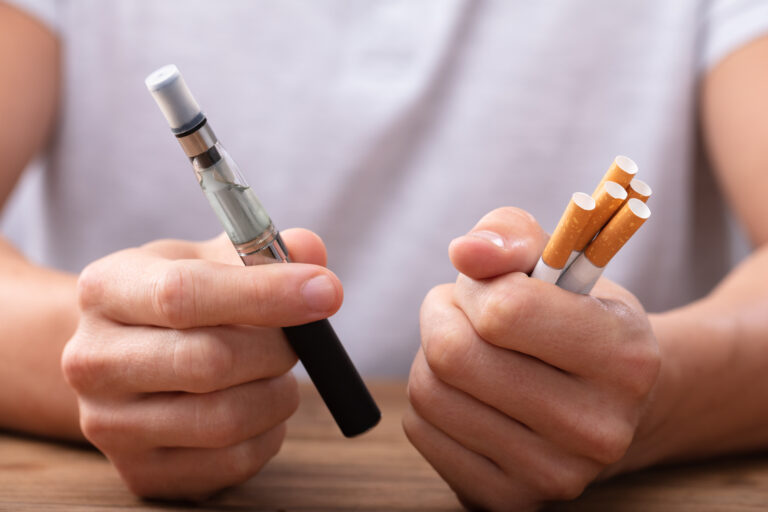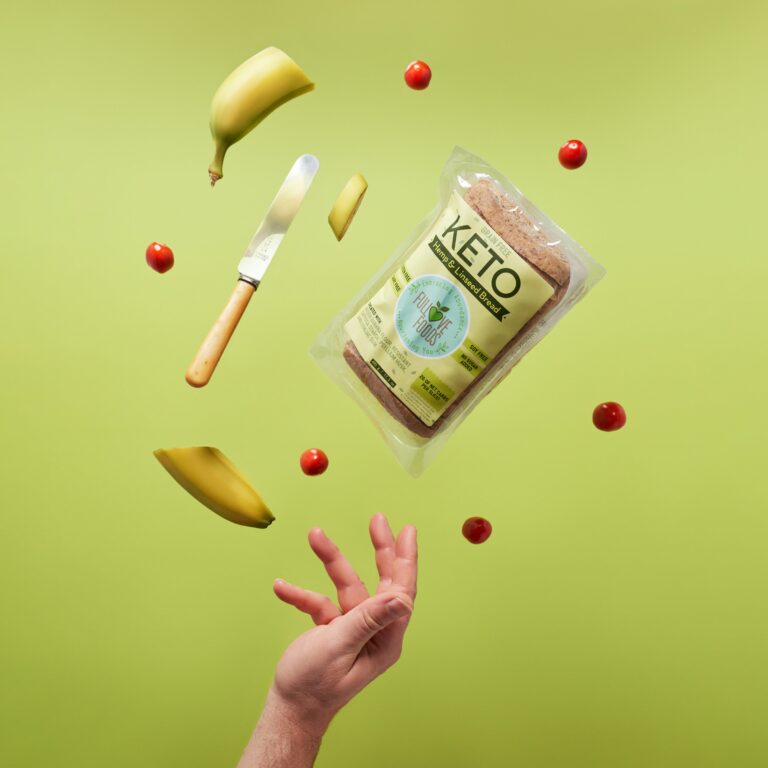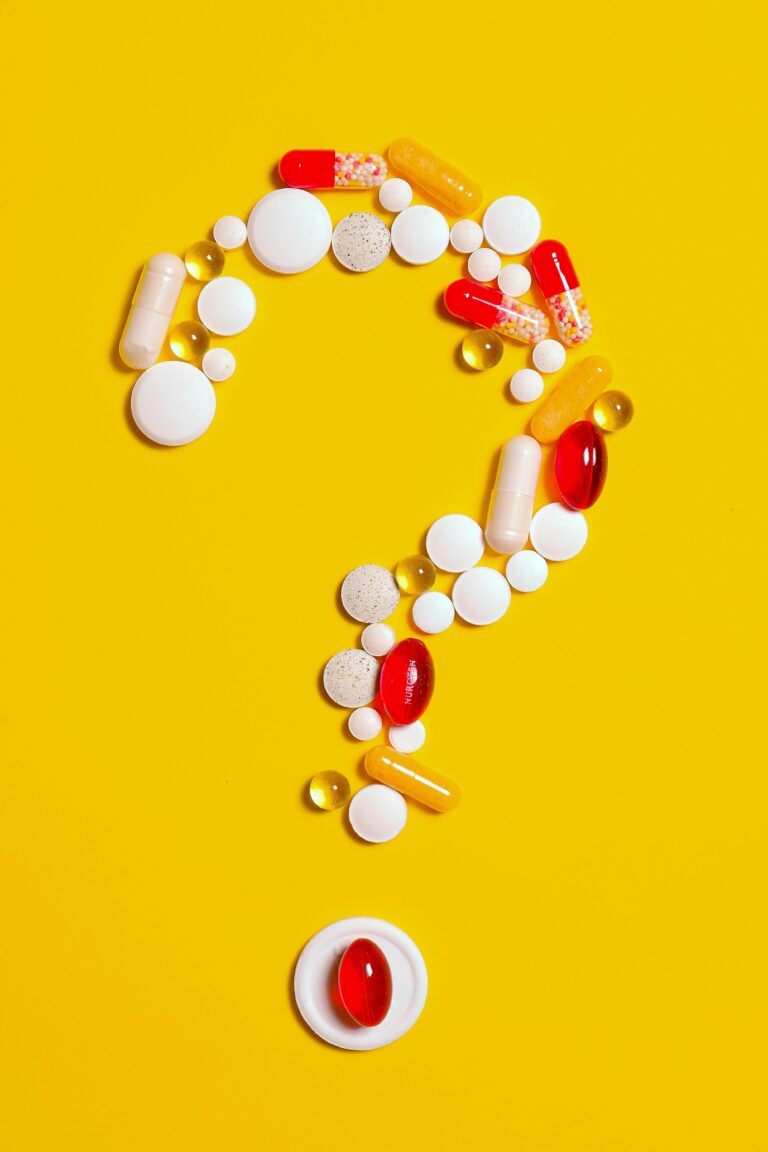The real dangers of hidden and added sugars
Earlier this year, I aimed to reduce sugar. This didn’t seem like too big a feat since I’m not a dessert person. Sure, I like the occasional good scoop of ice cream or frozen yogurt, but I’ve never been a big cake, pie, cookie, or brownie-type guy. I also have an absolute distaste for “sweet” savory food. I want my savory food to be deeply rich and, well… savory, with no errant sweet undertones.
Unfortunately, if you mix some form of dairy with some sort of sweetener or flavoring and a few shots of espresso, you’ve got me. Between coffee drinks and Mountain Dew, in all its mighty, neon green glory, I love a sweet drink, but even these indulgences are relatively easy to curb.
However, when things get trickier, is not in cutting out the sodas, candy, cookies and chocolates – but when there is a glut of sugar in places you might not expect it, like your salad dressing or your protein shake. These are known as “added sugars” or the slightly more ominous “hidden sugars,” and everyone from Harvard Health to Johns Hopkins has issued warnings about how pervasive they are. But in our current food system, where Americans are eating more and more ultra-processed foods, is it possible to avoid them?
“They’re only ‘hidden’ if you don’t know what to look for,” said Jessica Sylvester, a clinical, registered dietitian, nutrition practice owner and national media spokesperson for the Academy of Nutrition and Dietetics.
Added sugars are simply defined as any sugar added over and above any naturally occurring or present sugars, such as those found in fruit. Typically added sugar is meant to “improve flavor, texture, shelf life or other properties,” according to Nichole Dandrea-Russert, a dietitian and author of “The Vegan Athlete’s Nutrition Handbook.”
“They’re only ‘hidden’ if you don’t know what to look for.”
Dandrea-Russert cautions that some products are marketed as “healthy,” but they’re really anything but—they only claim to be that way because they’re not made with traditional sugar. Certified diabetes care and education specialist Deborah Malkoff-Cohen actually notes that there are 62 different names for sugar, from agave and malt syrup to dextrose and barley malt. Also, keep an eye out for sugars that end in “-ose,” like fructose or dextrose, as well as any syrups, cane juice, or fruit juice concentrate (“because,” as Dandrea-Russert said, “it’s condensed and not in the form of a whole fruit, it is considered added sugar”).
According to the American Heart Association, men should consume no more than 36 grams of sugar per day and women should limit their consumption to 25 grams – but in a world of added and hidden sugars, that threshold can be reached relatively quickly. You could be going to town consuming a certain product on a daily basis that you mistakenly think is “healthy” and it’s actually increasing your sugar consumption exponentially.
For example, Malkoff-Cohen uses a specific example of Greek yogurt: a plain carton may contain three total sugars with no added sugars, while a flavored yogurt carton contains 11 total sugars, with 7 grams of added sugars. Obviously there is a drastic difference, and the key to understanding what is right there on the pesky nutrition label.
It can be tempting to avoid nutrition labels, but Malkhoff-Cohen recommends consumers become “label detectives” in order to avoid those secretly sweet items or products, especially if you’re looking to prioritize your health in the New Year.
In addition to yogurt, Dandrea-Russert points to salad dressings as a big culprit when it comes to hidden sugars, while Malkhoff-Cohen lists other common offenders: pasta sauce, ketchup, barbecue sauce, cereal, coleslaw and dried fruit. Drinks, including soft drinks and alcoholic beverages, are often full of added sugars. Dandrea-Russert also specifically mentions chocolate milk, which can “have up to 12 grams of extra sugar, making it a whopping 24 grams of sugar for just one cup of chocolate milk.”
So, where do you start if you want to start cutting added and hidden sugars from your diet? Malkoff-Cohen offers some simple suggestions. The first is to prioritize foods that come without a package – like fresh fruits and vegetables – because they will not contain added sugars meant to extend shelf life. She also advises to “eat the real thing” when it comes to sweeteners, such as honey and maple syrup, but in smaller portions. She also claims that in many cases, artificial sweeteners can actually be even more harmful than “real sugar”; From aspartame to acesulfame potassium and sucralose, all of these ostensibly “better for you” alternatives may actually cause a higher risk of coronary artery disease.
Worried about how your body (and taste buds) will react to these changes? Well, did you know that our taste buds actually change on a weekly basis? Sylvester says that “how we perceive flavors is affected by the foods we’re used to eating and any changes in our palate,” referencing that if you were to legitimately cut out all sugars and artificial sweeteners, you’d be bowled over by how naturally sweet many foods actually are. are all on their own.
She challenges consumers to try it on their own – cut out all sugars and artificial sweeteners for two weeks and see your tastes, behavior and physiological changes – you may be struck by how saccharine certain “diet” foods, drinks and sweets can seem (ofentims Due to the fact that most artificial sweeteners are typically much more “strong in sweetness,” as Sylvester put it, than sugar.)
Dandrea-Russert agrees that eliminating any and all added sugars from your diet is absolutely possible and that gradually “you can minimize and eventually eliminate added sugar from your diet.” Enough, your “taste buds will slowly acclimate to less sweetness.”
Although it can be pesky to avoid the nefarious sugars, it is certainly both tenable and possible. It may just require a touch more vigilance and research when deciding what to get for dinner or what to have for a snack.
Read more
About this topic
#real #dangers #hidden #added #sugars
Image Source : www.salon.com







